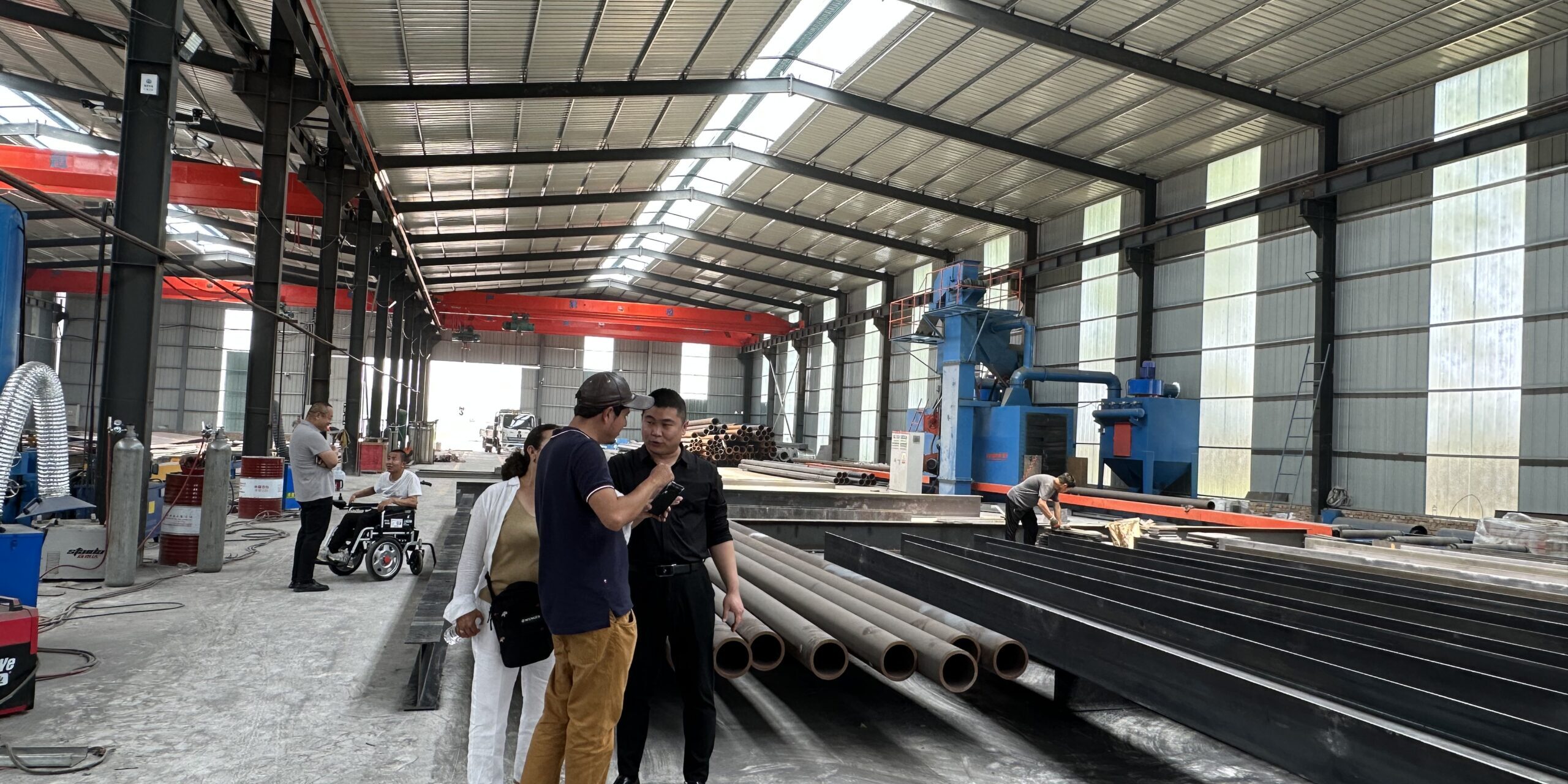In the first half of this year, the national steel exports showed a strong growth situation. According to customs statistics, my country exported 53.4 million tons of steel from January to June 2024, a year-on-year increase of 24%. During the same period, the export value of mechanical and electrical products increased by 8.2%, accounting for 58.9% of my total export value; among them, the export of automatic data processing equipment and its parts increased by 10.3%, the export of automobiles increased by 22.2%, and the export value of ships increased by 91.1% year-on-year. Preliminary estimates show that China’s indirect steel exports currently far exceed its direct exports. The total steel exports in the first half of the year (direct steel exports plus indirect steel exports) should be converted into crude steel of no less than 100 million tons.

Can the strong growth of China’s steel exports in the first half of the year continue in the second half of the year? Judging from multiple factors: Due to the strong resilience of steel exports this year, it is expected that the national steel exports (including indirect exports, the same below) will continue to be huge in scale in the second half of the year, while maintaining a year-on-year growth trend, but the growth rate will fall back.
From the perspective of external factors, the continued improvement of the global trade situation will drive the stable growth of total steel exports. Despite the complex and changing external environment, rising trade protectionism and uncertainty, the general tone of the world economy in 2024 is a recovery trend, which has promoted the expansion of global trade volume. The World Trade Organization (WTO) report predicts that global trade in goods will grow by 2.6% in 2024, and will continue this year’s recovery momentum in 2025, with an estimated growth of 3.3%. The International Monetary Fund (IMF) also predicted in its latest report that global trade volume, including goods and services, will grow by 3% this year. The expansion of global economic growth and trade volume has generated strong Chinese demand from manufacturers and traders in many countries, which is bound to drive the growth of China’s total steel exports.
From the perspective of the policies of decision-making departments, a series of measures to stabilize foreign trade have been introduced to consolidate the export competitiveness of steel and steel-consuming products. Since the beginning of this year, the competent national authorities have continued to expand opening up, taking a multi-pronged approach in exchange rates, credit, insurance, taxation and other aspects, and have launched a series of “combination punches” to stabilize foreign trade exports. It is expected that the above policy effects will further emerge in the second half of the year, and will play an important role in increasing and stabilizing export orders for steel and electromechanical products for foreign trade enterprises, expanding international markets, especially the “Belt and Road” market, and forming a strong competitiveness in the export of Chinese steel and steel-consuming products.
From the perspective of domestic production capacity, its comprehensive and advanced production capacity system provides a strong material basis for the export of steel and steel-consuming products. It should be said that at this stage, China has the most comprehensive and advanced steel production capacity in the world, and also has a relatively advanced and most complete industrial manufacturing system in the world, including its electromechanical product manufacturing system. These steel and steel-consuming product production systems, with their unparalleled huge scale effects and advanced management systems, and relatively low labor costs (higher labor productivity), enable Chinese steel and steel-consuming products to be high-quality and low-priced, and maintain strong comprehensive competitiveness in the international market, rather than the low-price dumping of serious overcapacity as exaggerated by Western media.
From the perspective of exchange rate factors, the moderate depreciation of the RMB against the US dollar has strengthened the competitiveness of China’s steel and steel-consuming products exports. In the first half of 2024, due to the different monetary policies between China and the United States, the widening of the interest rate gap between China and the United States triggered a moderate depreciation of the RMB against the US dollar. The central bank recently announced that the interest rate of the 7-day reverse repurchase operation in the open market was adjusted from 1.80% to 1.70%, and the 1-year and 5-year interest rates were both reduced by 10 basis points. Affected by this, the RMB central parity rate was 7.1335 on July 22, down 20 points, and the offshore RMB fell below 7.29. It is expected that China’s monetary policy will tend to be loose this year, and there is still room for the RMB interest rate to be reduced. Some people believe that the RMB interest rate cut will continue to create pressure for depreciation against the US dollar this year, causing the RMB exchange rate to approach 8 against the US dollar. In recent years, the domestic steel price has fallen, which has strengthened the export quotation advantage of China’s steel. If the RMB exchange rate against the US dollar continues to depreciate moderately, this export quotation advantage will be further enhanced.
From a short-term perspective, overseas importers such as the United States have started a stockpiling cycle again. Trump was shot not long ago, and his approval rating has risen sharply. The market generally believes that if Trump is elected, he is likely to impose tariffs on Chinese goods. In addition, the European Union and some countries have also threatened to impose tariffs on Chinese goods such as electric vehicles. The imposition of additional tariffs will inevitably affect commodity prices, and therefore may stimulate importers in the United States and other countries to stock up in advance. The increase in stockpiling in anticipation of additional tariffs will also increase the export volume of Chinese goods, including steel-consuming products such as electromechanical products, within the year.

